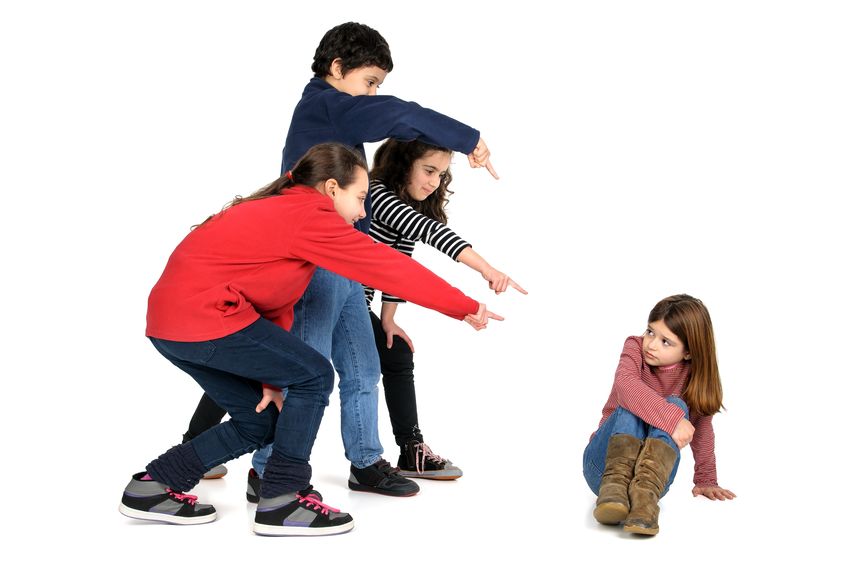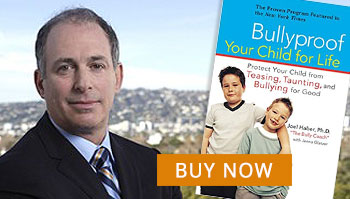If you learn that your child is a target of bullying, you must create an environment that is nonthreatening and safe for him or her.

Copyright: Luis Louro / 123RF Stock Photo
Accomplish this by remembering these steps:
Listen to his feelings in a nonjudgmental manner. If you react with a strong emotional outburst, you may shut your child down because he will fear you, like he fears the bully. Make sure that you are in a calm place when you make time to listen, or he may observe that your feelings are overly intense, and shut down.
Try to gather information about the specifics of the incident(s). Documentation becomes a powerful tool when you have to deal with the school or another parent. Try to note the specific times that incidents occurred, and who was present when the incident happened (adults and children).
Never blame your child for being bullied. Bullying is a behavior that no one deserves, and if you blame your child, she will feel diminished as a person, similar to how the bully made her feel. Even if you believe your child was provoking this behavior, do not blame her. Do not suggest that she’s “too sensitive” or “too emotional,” or anything else that implies that you think she’s weak. In time, you’ll need to help your child manage her own behavior. The way you do this is to problem-solve with her, even if she cannot come up with answers. The critical variable is that if children have exhausted their own resources, they may have to see that involving an adult with more power is the next solution until they can find a way on their own to manage these issues.
Empower your children by helping them come up with a plan. Ask your children (grades two and beyond, generally) what help you can give them. You can role-play how to stand up to a bully if they feel safe, become a good reporter to a teacher or aide, enlist a friend, or avoid the bully situation. For children who are younger, you may need to call the school and speak with the teacher, so someone in power can look out for your child.
Don’t bully your child into making a choice he’s not ready to make. For example, if you tell your child to stand up straight, look a bully in the eye, and say, “Stop it, this is bullying” before he’s ready, you can make him feel less powerful. Your child may feel like you’re bullying him. Try to encourage your children, but at a pace that works for them. Remember that not all children can ever make this choice based on their comfort level and temperament. Some children need other peers or adults to help and cannot be direct with a peer they’re afraid of.
Reward your child for speaking with you by praising her. Specific praise like “I’m so proud of you for telling me about this bullying situation, and now you’ve developed a plan of action” works best because she knows specifically what she did that empowered her, and allows her to be proud of her behavior. Nonspecific praise, such as “Good work,” doesn’t provide enough clarity for children to understand that certain behavior leads to praise and positive power for them.
